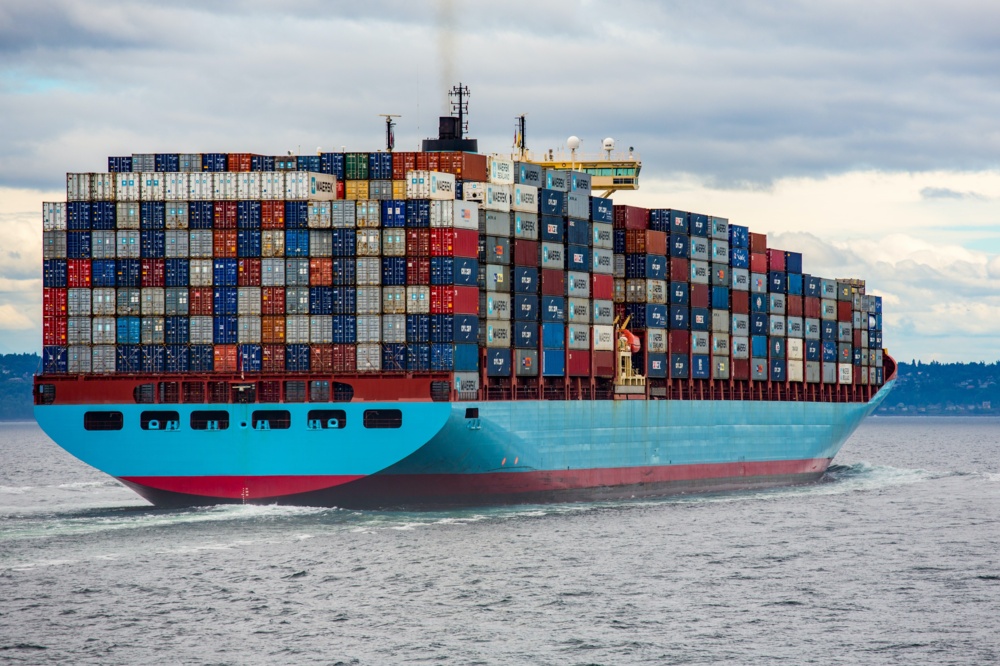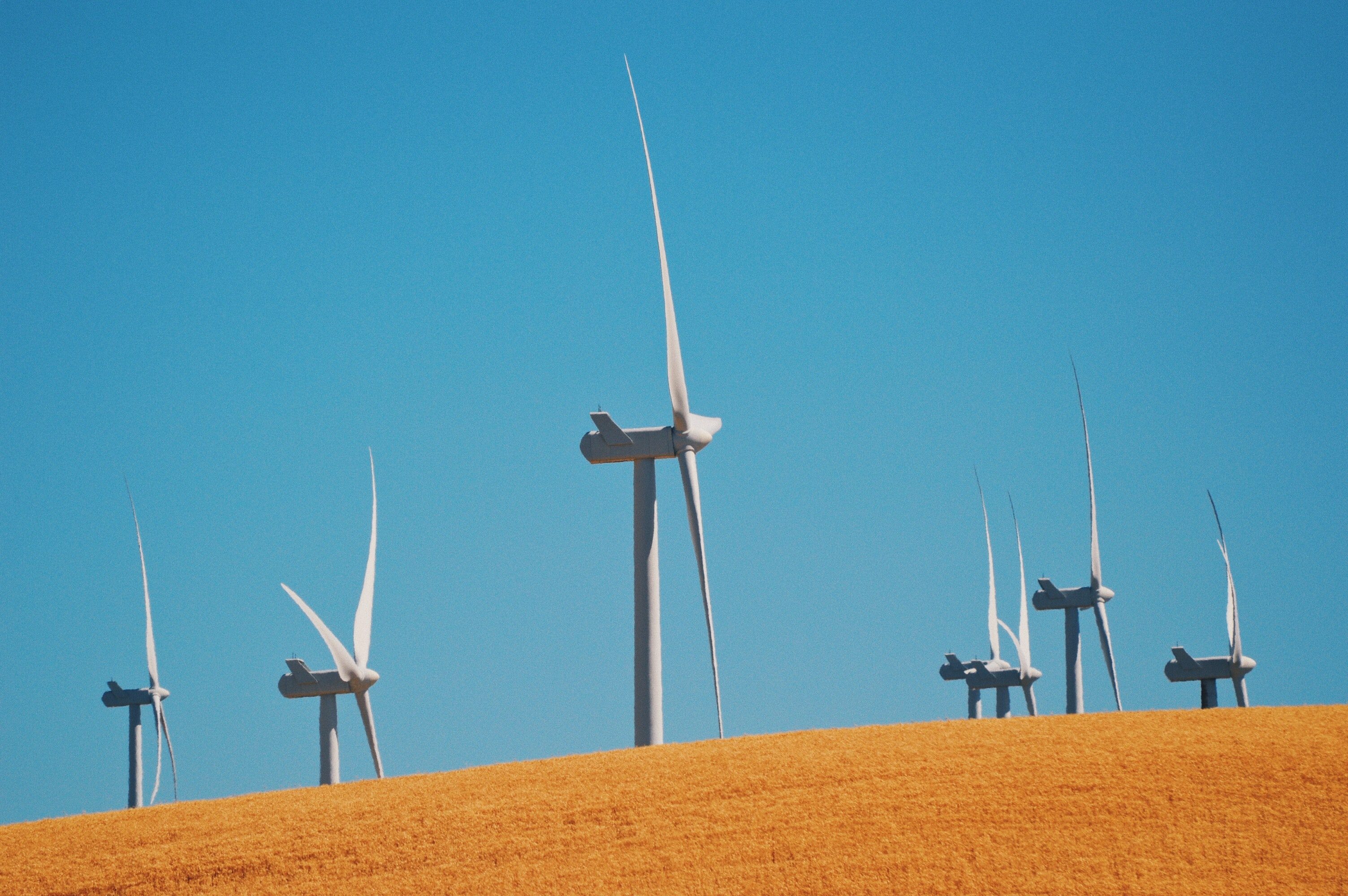
Reforming industry for climate justice
This is the second part of a new series of blogs exploring EJF’s new climate manifesto in detail. Here, we cover how to reform key industrial sectors for a safer, happier, more sustainable planet. The manifesto is a roadmap to a sustainable future: read it in full here.
Action to tackle the climate crisis, cut emissions and ensure climate justice must happen across every area of government in every country. There are several key sectors which make particularly significant contributions to emissions – reforming them can deliver major progress, but failure to do so will make meaningful action impossible.
Transport
The transport sector accounted for 27% of the EU’s greenhouse gas emissions in 2017, and it is in urgent need of reform. In order to make the transition to sustainability, incentives are required.
On the push side, new taxes such as progressive frequent flyer taxes - aimed at the small minority of people who take the vast majority of flights - and taxes on aviation and shipping fuel can provide funds for investing in more sustainable approaches. Bans on the sale of petrol or diesel cars after a certain date, a method an increasing number of countries are using, can also help.
However, without government investment in alternative sustainable travel, at best these tools will be ineffectual, and at worst they will undermine public trust in a sustainable transition. Governments must use public money, especially that raised from fuel and flyer taxes, to improve low-carbon travel, making it reliable, safe and affordable. Urban city centres must be redesigned with a focus on rail, walking and cycling, while still providing for those unable to use these options.
Construction
Construction accounts for 11% of all global emissions through the carbon used in the materials and construction processes to create and maintain buildings.
In China, the construction industry represents almost 20% of the country's carbon footprint and in the UK, the built environment contributes around 40% of its carbon footprint.
The first step governments should take is to set robust regulations to encourage high environmental standards for private sector construction. All new projects should be required to use low carbon, recycled and local building materials, heated by low-carbon energy sources and lit with energy-efficient lighting. These should be regulations, rather than just aims, driving a more sustainable future for this currently highly polluting industry.
Second, to ensure that public funds are only used for sustainable, climate-friendly buildings, new laws are needed requiring critical evaluation of the climate impacts of proposals for government-funded construction projects, with this evaluation used as the deciding factor for whether approval is granted.
Agriculture
In 2016, the world’s top 20 meat and dairy companies emitted more greenhouse gases than Germany. Agriculture is also the biggest contributor to biodiversity loss worldwide. In the Brazilian Amazon, cattle ranching drives more deforestation than every other commodity combined. Agricultural expansion in Brazil has also been linked to land grabs, the spread of disease and violence against local and Indigenous communities.
Reforming food production systems and encouraging adaptation of consumer diets is necessary to cut these outsized emissions. Organic, biodiversity-friendly approaches must be integrated into agricultural management, helping to tackle the triple crisis of global heating, biodiversity loss and human rights abuses associated with agricultural expansion. A switch to more ethical, sustainable agriculture can promote an end to these abuses for the communities suffering them, and healthy diets for all.
A vegetarian or vegan diet should be encouraged for those able to make that choice, particularly in wealthy countries. Cutting out meat and dairy can reduce our individual carbon footprint from food by 73%. Governments must lead in the production and dissemination of easily accessible information promoting the health and environmental benefits of these diets.
Fashion
It takes between 15 and 35 tonnes of CO2 to manufacture a tonne of textiles. Overall, the textile industry pumps between 1.22 and 2.93 billion tonnes of CO2 into the atmosphere every year.
And the demand for fast fashion is growing – Europeans now consume an average of 31kg of textiles per person every year. As well as polluting the atmosphere, the industry has been linked to child labour and forced labour and creates a huge amount of waste.
Cotton accounts for 220 million tonnes of CO2 every year and uses 8.2 million tonnes of pesticides and synthetic fertilisers. A switch to organic cotton is a crucial part of the solution, benefiting people and planet.
Governments must use incentives to encourage sustainable and ethical fashion, particularly around greater use of organic cotton. They should use their power to drive retailers to phase out environmentally destructive textiles and begin the shift to a circular economy. This could be through offering in-store textile recycling and incentives for customers to buy sustainable products.
Overall, these four industries have an outsized impact in driving the climate crisis. But they are not the four horsemen of the apocalypse – with thoughtful governance these sectors can provide crucial green jobs as part of a thriving, sustainable economy. If we reform them now, we can make rapid progress towards a safer, sustainable world for us all.
SIGN UP FOR OUR EMAILS AND STAY UP TO DATE WITH EJF

